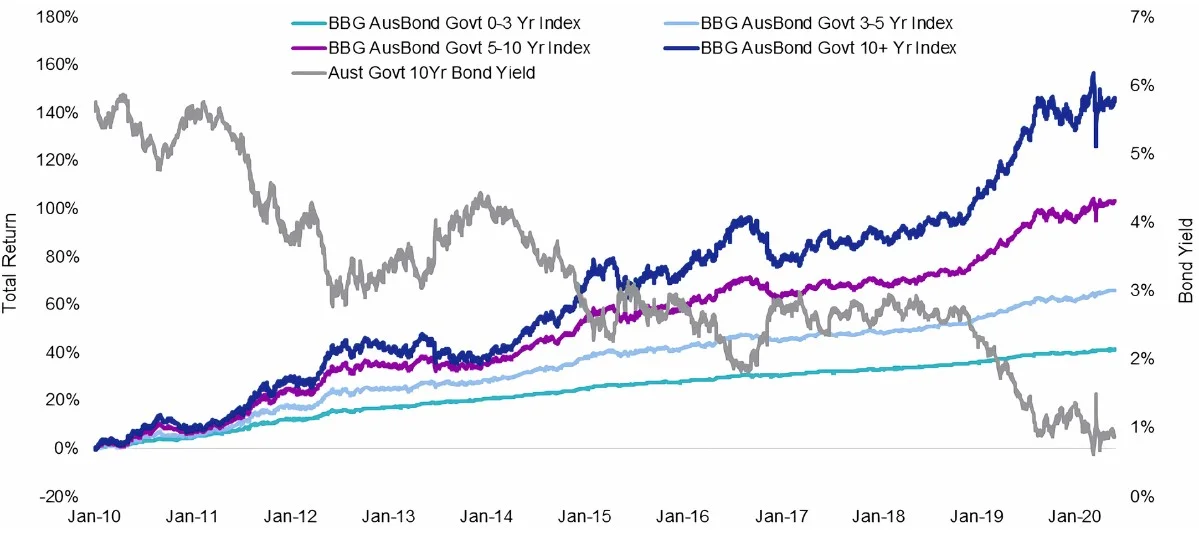Alright, let’s break down today’s key commodity moves. The markets are talking, and here’s what you need to know.

Photo source:ourworldindata.org
First up, shipping costs are pulling back. The Shanghai Export Container Freight Index (European route) dipped 3.5% to 1379.07 points as of May 5th. This signals easing demand, folks, and potential headwinds for export-heavy economies. Don’t read too much into one day, but it’s a trend worth watching.
Iron ore arrivals into Chinese ports are softening. Mysteel reported a decline for both 47 and 45 ports, with totals falling by 45.2 and 63.1 ten-thousand tons respectively. This suggests China’s steel demand might be cooling, a vital indicator for global resource markets.
On the other side of the world, Malaysian palm oil inventories are swelling. Reuters surveys point to a 14.8% jump in stocks for April, coupled with increased production and exports. Sounds bullish for palm oil, but be mindful of the broader vegetable oil complex.
Indonesia is doubling down on biodiesel. Consumption is up to 4.44 million liters this year, driven by a higher palm oil blending mandate – now at 40%. This is a big deal for palm oil demand and a key policy supporting Indonesian producers.
Let’s shift gears to South America. Brazil’s soybean harvest is nearly complete at 97.7%, ahead of the five-year average. This is good news for supply, but also means the focus shifts to the upcoming planting season and weather patterns.
Across the Atlantic, US soybean planting is lagging. At 30% complete, it’s slightly behind expectations, although still above the five-year average. Emergence is also trailing, which could introduce some volatility as we move forward.
Finally, India’s metals sector is showing resilience. Primary aluminum and refined copper production both saw increases year-over-year, highlighting India’s growing industrial base.
These are the moves you need to be aware of. Stay sharp, and don’t let the noise drown out the signal.
Deep Dive: Understanding Commodity Arrival Data
Commodity arrival data, like the iron ore figures out of China, provides a real-time snapshot of supply chain flows. A decrease in arrivals often indicates slowing demand from end-users – in this case, Chinese steel mills.
These declines are often influenced by factors like economic growth, infrastructure projects, and government policies. Analyzing these trends helps traders anticipate price movements and adjust their strategies.
The data isn’t just about quantity; it’s about the speed of delivery and potential bottlenecks. Monitoring port congestion, shipping rates, and overall logistical efficiency is crucial for accurate market assessment.
Finally, remember arrival data is often lagging – it reflects what’s already happened. Combining it with forward-looking indicators like manufacturing PMIs gives you a more comprehensive picture of the market.





